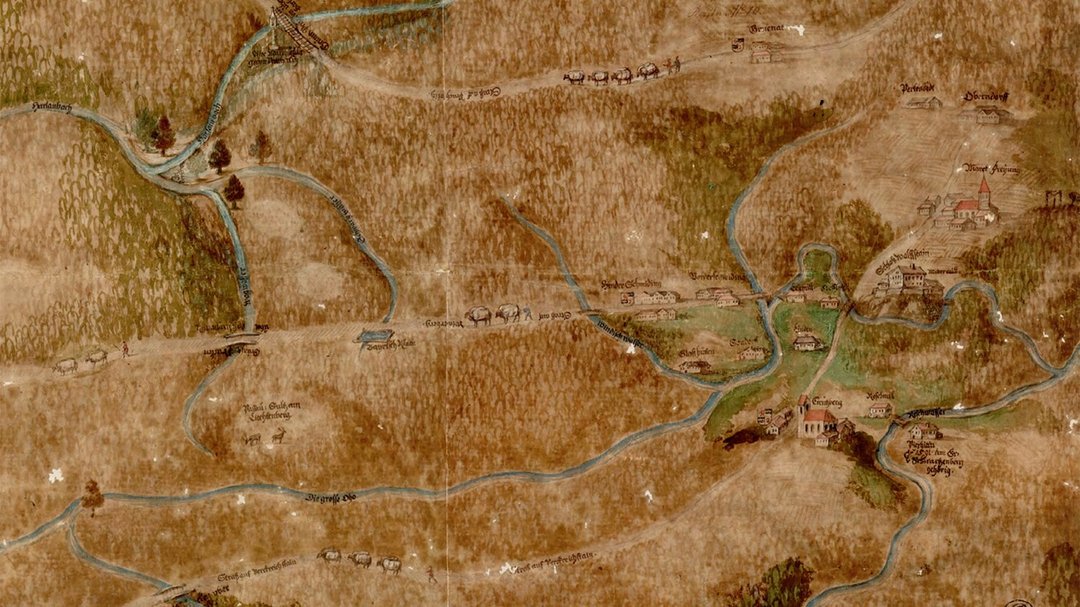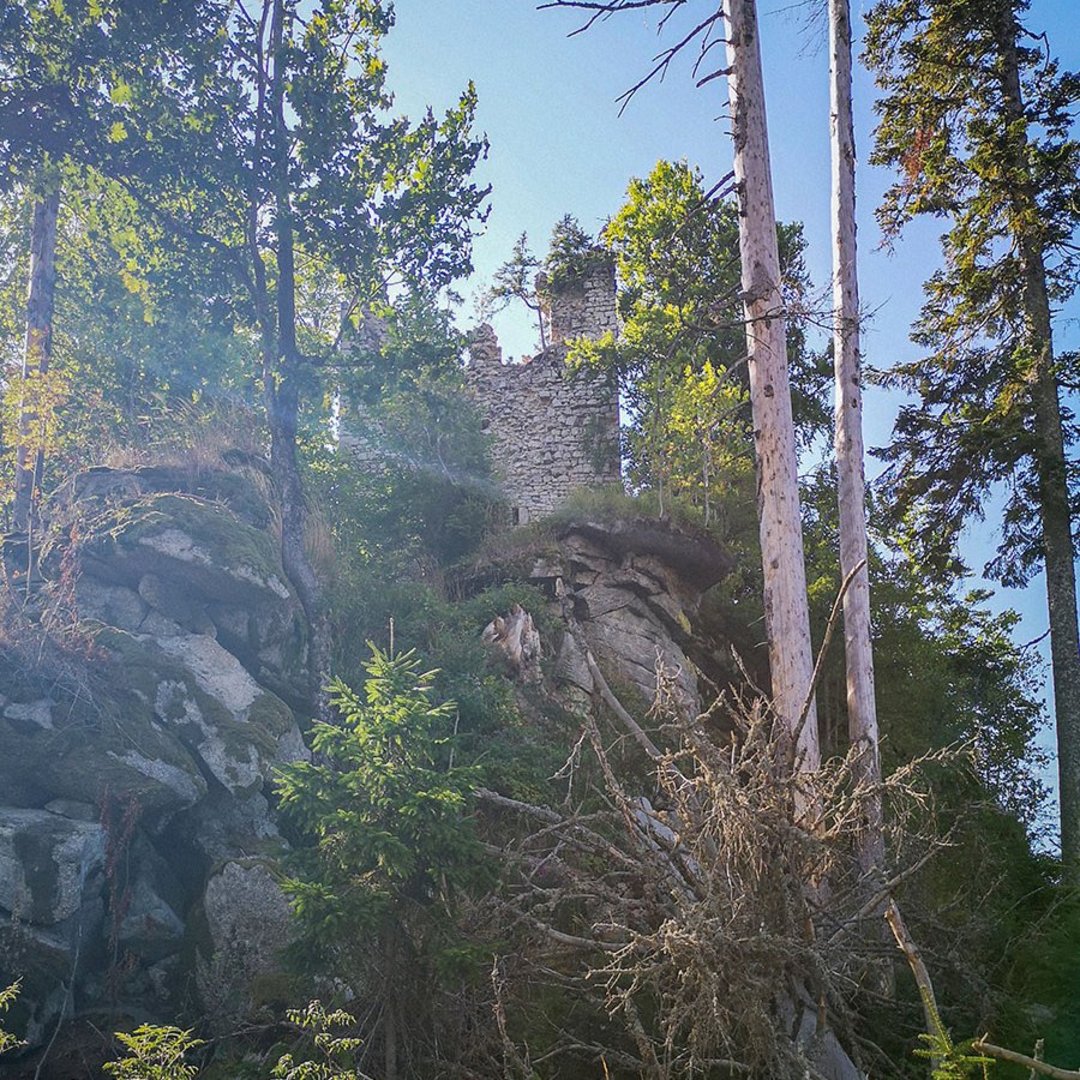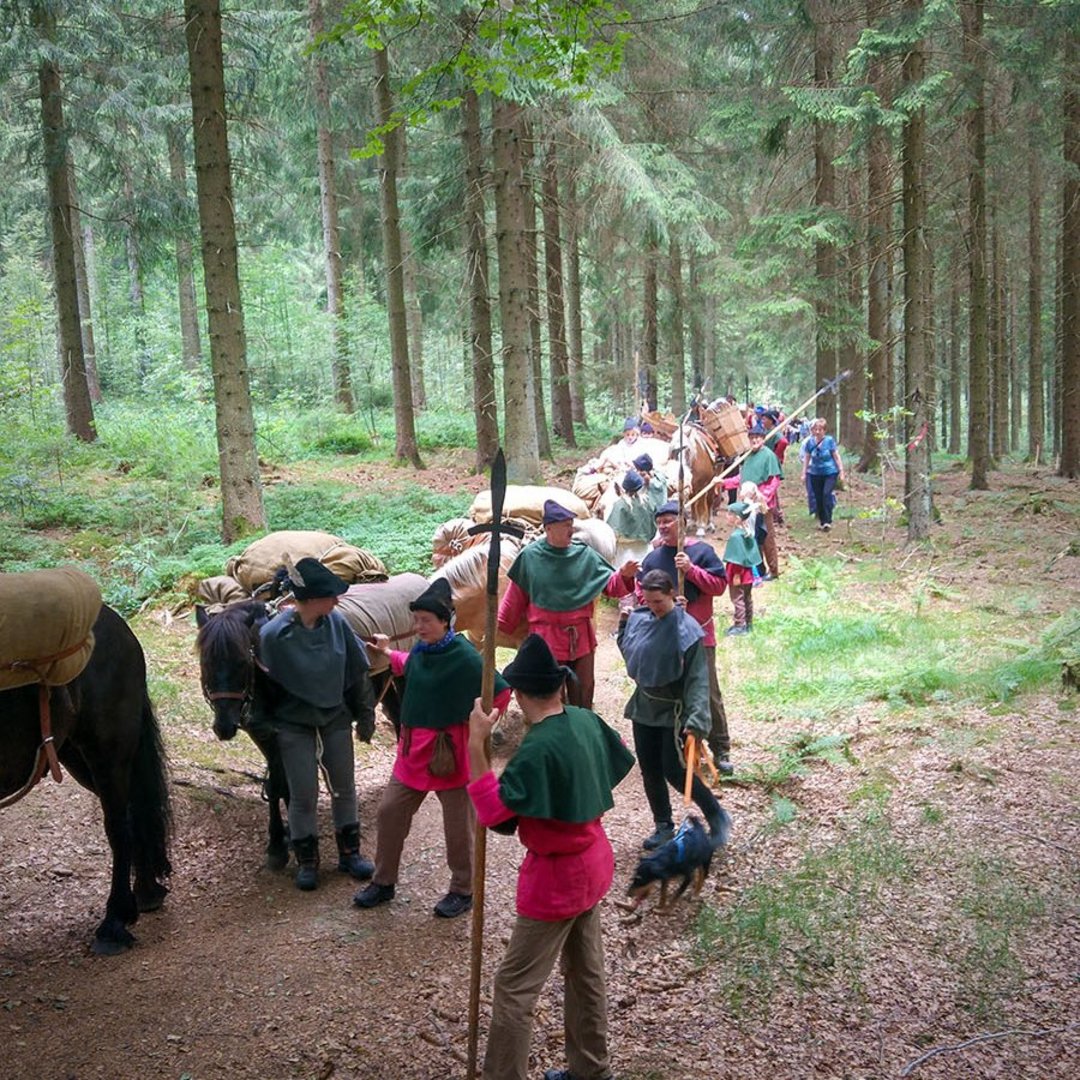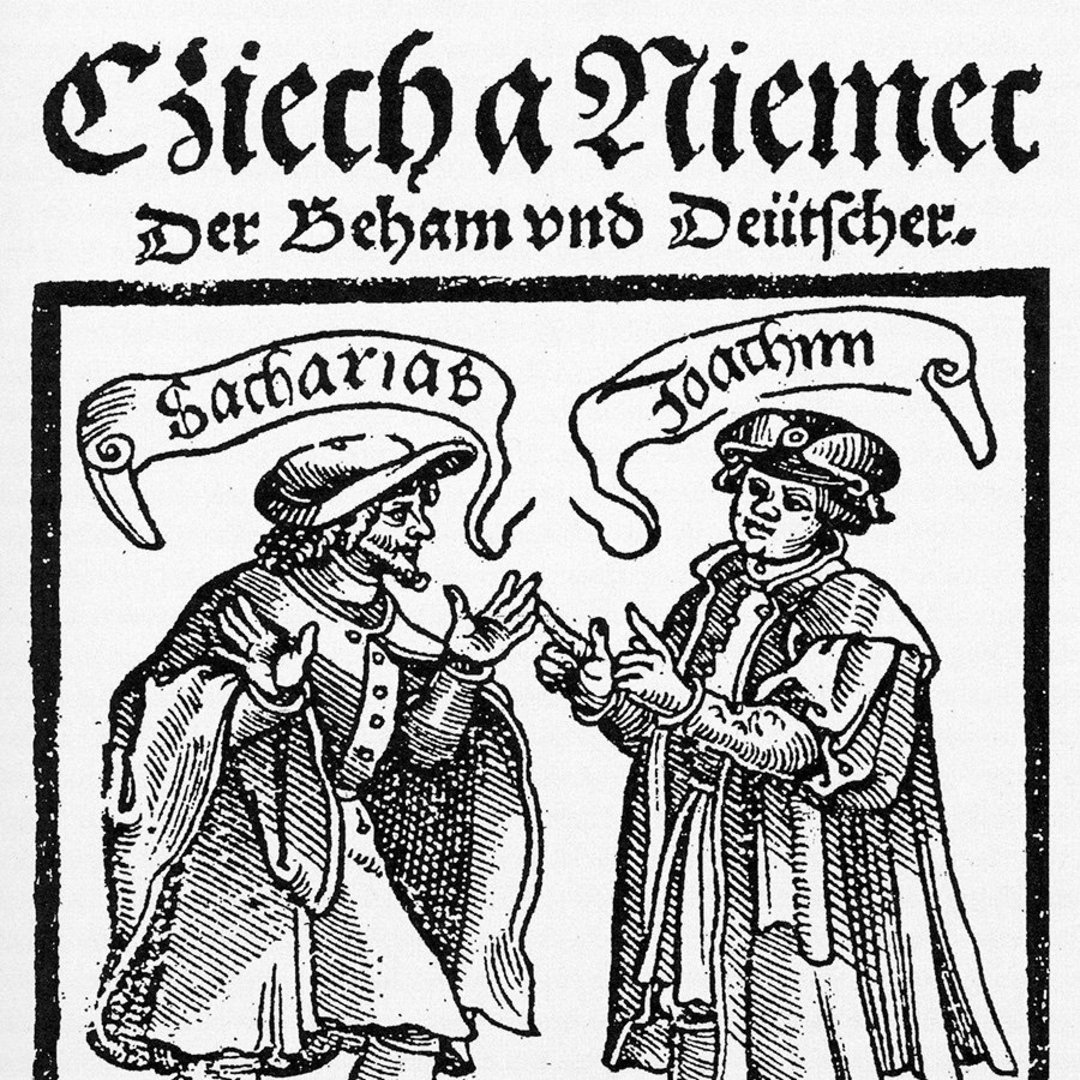Philippsreut - Vorderfirmiansreut
WINTERBERG, NORDWALD, SECRET PATHS, GUARDIANS OF THE PATHS, CODEX LONDSDORFIANUS
Border encounters at the "Goldsteig Trail"
Imagine you’re on your way with your fully loaded pack horses. To protect against wild animals and malicious riff raff, you joined together to a big horse and cart. You’re about to cross the Bohemian border, heading for Winterberg, in order to sell the precious salt there. Every once in a while you’d come along border towns with toll stations along this route "Mittlerer Steig" (1312). Sure enough, there were several secret paths back then, leading away from the official stations. But what happened to the illegal toll evaders? Some got caught by the guardians of the paths, seizing their freight together with the horses and imposing a fine. Since the Codex Londsdorfianus (1256), trading hem has been subject to stringent rules, e.g. granting every sumpter a deficiency compensation if the tragedy happened during the day and on the official path. Furthermore, sumpters were allowed to lead up to four horses.




Regulations of sumpters, 16th century
- one sumpters trip per week to Bohemia
- prohibition for single sumpters
- one sumpter was allowed to lead a maximum of 4 horses
- horse and cart on marked paths only
- sumpting only during the day
Violations led to heavy fines and the seizure of the packed horses including its freight.
